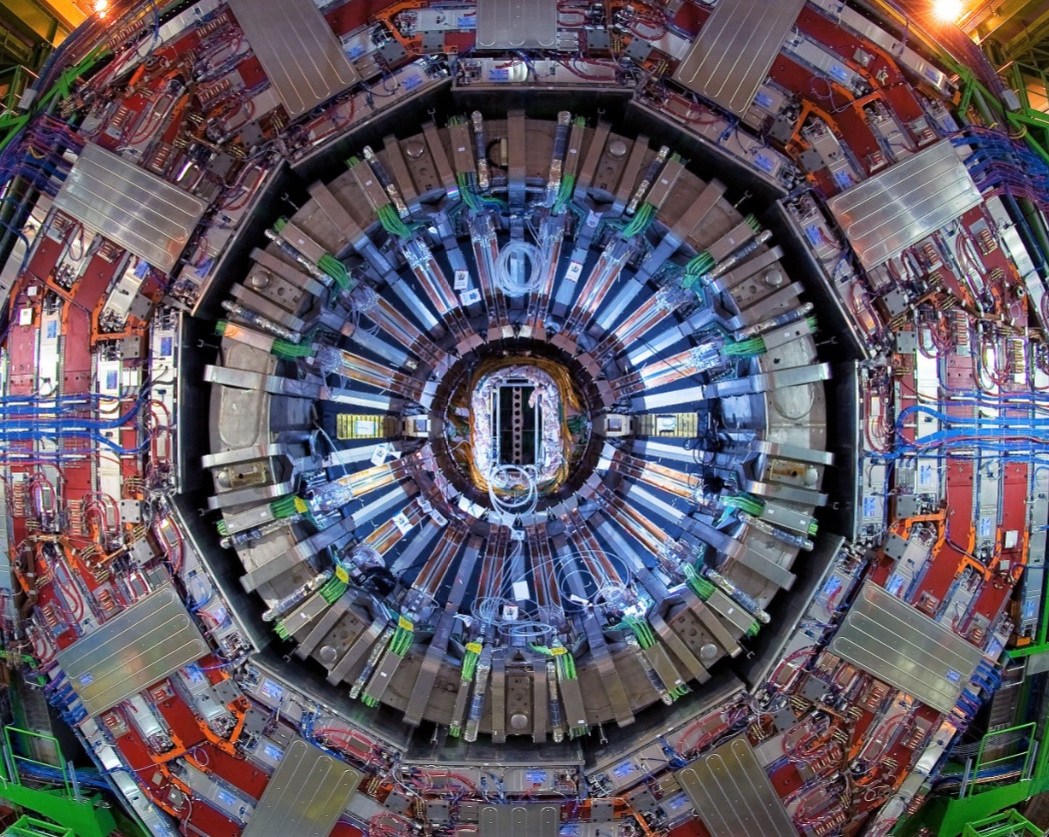
The São Paulo Research and Analysis Center (SPRACE) was deployed in 2003, with financial support from FAPESP, to provide the necessary means for the participation of high energy physics (HEP) researchers from the State of São Paulo in HEP experiments. In March 2004, in association with the Distributed Organization for Scientific Analysis and Research (DOSAR), the SPRACE computing cluster started to process data of the DZero experiment from the Tevatron collider at Fermilab. Soon after it was integrated into the SAMGrid, the distributed processing system of the experiment.
In 2005, SPRACE became part of the Open Science Grid (OSG), a consortium of universities, national laboratories and computing centers, which share a grid infrastructure over research networks via a common middleware. By means of the OSG partnership, SPRACE participated in the Monte Carlo generation and data reprocessing of the DZero experiment. At the same time, the SPRACE team started to work together with the Compact Muon Solenoid (CMS) collaboration of the European Organization for Nuclear Research (CERN) at Geneva, Switzerland.
Nowadays SPRACE works exclusively with the CMS collaboration and operate the BR-SP-SPRACE, a Tier-2 cluster of the Worldwide LHC Computing Grid (WLCG), which includes more than 170 computing centers in 42 countries that operates as a single grid infrastructure. The SPRACE cluster provides 25.20K HEPSPEC06 of processing power and 2,000 TB of storage (2.8 PB raw) and contributes to the processing, storage and analysis of data produced by the CMS experiment.

Research
Our research team is dedicated to the search of new physics beyond the standard model, including the search for dark matter and for heavy resonances decaying into dibosons. SPRACE is also associated to the Heavy Ions group at CERN, which explores properties of the quark-gluon plasma, a state of matter present at the birth of the universe.
In the field of scientific instrumentation, our group is participating in electronics development activities for the Phase-2 upgrade on the Compact Muon Solenoid (CMS) experiment of the LHC.
SPRACE also conceived the GridUnesp Project, which was deployed in 2009 as the first “Campus Grid” in Latin America. It is composed of eight data processing and storage centers distributed over the State of São Paulo, which are interconnected through grid architecture. Today GridUnesp provides scientific computing to 80 projects and 450 users.
Partnerships
SPRACE has established partnerships with the private sector with the goal of investing their funds in the search for solutions of relevant problems related to high energy physics. As a result our team acquires expertise in advanced scientific and technological areas, generating highly qualified human resources.
Our partnerships are established through the IT Law (Lei da Informática), which grants tax incentives to companies in the technology sector that invest in R&D projects at universities in order to promote innovation in the national industry. Our main partners include leading companies like Padtec, Huawei and Intel.









